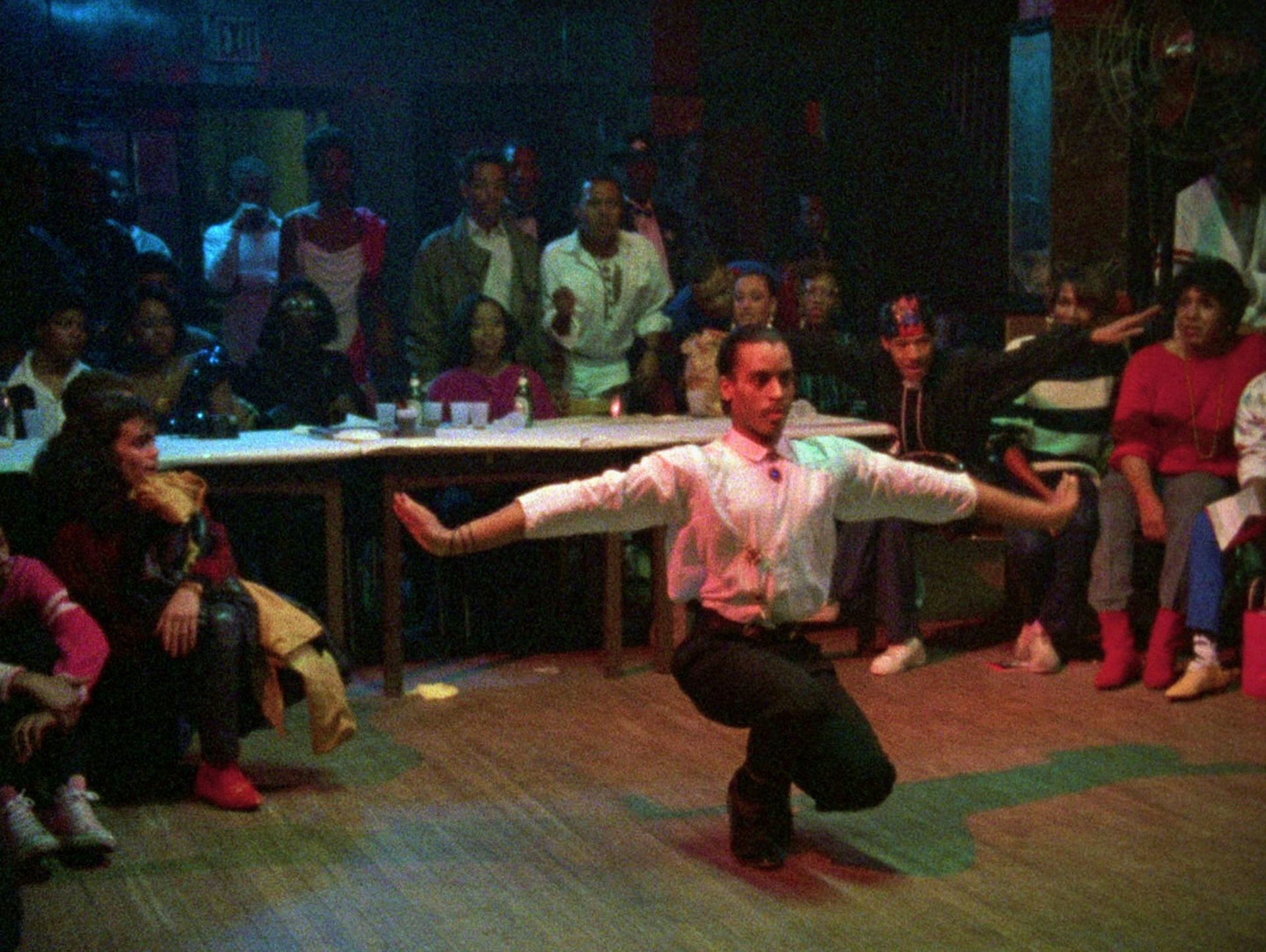Warning: this article contains language that some readers may find offensive.
You might raise an eyebrow if someone tells you “you’re serving cunt.” The phrase, loaded with the intensely offensive c-word, seems designed to insult. However, within specific online spaces and particularly in queer communities, the meaning flips entirely. It’s not an insult at all, but a high compliment.
Instead of being derogatory, “serving cunt” is used to praise someone for embodying confidence, boldness, and fierceness. It describes a powerful attitude and presence, a way of carrying oneself that transcends gender. This phrase, now deeply embedded in internet vernacular and reaching meme status, actually has roots stretching back far before our digital age. Its true home is in drag culture, where these qualities have long been recognized and celebrated.
Within queer culture and drag scenes, being described as fierce, sassy, or even “sickening” (another seemingly negative word used as praise) is a mark of honor. It’s the ultimate “slay”—achieving something exceptionally well. Think of RuPaul’s famous acronym, C.U.N.T., standing for Charisma, Uniqueness, Nerve, and Talent. To win in drag competitions, queens must “serve” (display) these very qualities throughout.
This is a world away from the traditional understanding of the c-word. Usually, it’s a deeply offensive and vulgar term for female genitalia, weaponized to demean and objectify women. It’s often cited as one of the most offensive words in the English language, a misogynistic slur intended to reduce women to mere sexual objects.
The shift of this phrase into mainstream internet language, originating from queer communities, can be viewed as a significant shift in how the c-word is perceived. Some see it as a form of reclamation, taking a term historically used to attack women and repurposing it into a term of empowerment, respect, and even resistance.
Beyond “Serving Cunt”: Exploring Ball Culture Language
The slang doesn’t stop at “serving cunt.” You’ll also hear phrases like “slaying the house down boots” (doing something incredibly well), “reading someone to filth” (delivering devastatingly witty insults), or “throwing shade” (playfully teasing or subtly insulting someone).
Pop stars like Rina Sawayama and Dua Lipa are even affectionately called “mother”—a term of deep admiration. And when someone truly excels, they “leave no crumbs” – they’ve done it perfectly, leaving nothing to be desired.
The spread of these phrases, sometimes seen as appropriation, highlights a broader trend: language born from drag culture is becoming mainstream internet slang. This “internet vernacular” is increasingly shaped by terms initially used within specific subcultures.
Beyoncé, for example, notably used the c-word in her 2022 song “Pure/Honey.” Her 2023 Renaissance tour even featured a news desk backdrop labeled “KNTY 4 News,” further pushing this language into the public eye.
 A man in a colorful patterned shirt and shorts energetically dances, crouching low to the ground in front of three judges seated behind a table.
A man in a colorful patterned shirt and shorts energetically dances, crouching low to the ground in front of three judges seated behind a table.
To understand this linguistic evolution, we need to look at the roots of drag language. Many terms, including “shade,” “slay,” and “reading to filth,” originate from African American Vernacular English (AAVE). AAVE is a distinct dialect of English spoken by Black American communities, particularly in urban areas.
So, how did AAVE language become intertwined with drag queen culture? The answer lies in “ballroom culture” or “ball culture.” This is an LGBTQ+ subculture, primarily formed by African American and Latino individuals in late 20th century New York City. In balls, participants “walk” (compete) in various categories for trophies, prizes, and recognition. The 2018 TV series Pose offers a fictionalized look into the vibrant ball culture of 1980s New York.
As ball culture gained visibility, so did its unique language. Terms and phrases moved beyond the ballroom scene and became associated with the broader LGBTQ+ community, eventually diffusing into wider internet culture. “Throwing shade,” “reading,” and “spilling tea” (sharing gossip) escaped their original confines.
The Complexities of Language and Appropriation
This mainstreaming of language has ignited important discussions about cultural appropriation and authenticity. In 2019, research explored this in the context of linguistic variation on Twitter, specifically among gay British men. Analyzing tweets, it was observed that they used AAVE features, like “work dat pole gurl” and “y’all mad at hunty.” This wasn’t necessarily to claim Black identity, but to project a “sassy” persona. By adopting AAVE stylistically, these men were embodying tropes and performing a specific gay identity, termed the “sassy queen.”
 A still from the documentary 'Paris is Burning' shows a ballroom scene with people posing and cheering.
A still from the documentary 'Paris is Burning' shows a ballroom scene with people posing and cheering.
However, this practice raises concerns. It can rely on and reinforce the racial stereotype of the “sassy black woman”—a historical trope that oversimplifies and often misrepresents Black women as simply vivacious and outspoken.
Many who now use phrases like “serving cunt” and other AAVE-derived slang may be unaware of their origins. In 2020, internet personality Brittany Broski, known as the “Kombucha Girl,” mistakenly attributed AAVE terms to “stan culture”—referring to overly enthusiastic fan behavior.
This prompted responses from Black TikTok creators who rightly pushed back against the idea of a “new TikTok or Gen Z language.” They pointed out that many features being labeled as new slang were, in fact, rooted in AAVE.
Ultimately, while the phrase “serving cunt” is now widely accessible and can be used by anyone, understanding its history is crucial. It’s important to recognize its deep connections to drag culture and, before that, its origins in African American Vernacular English. Acknowledging this history provides context and respect for the communities that originated and shaped this vibrant and evolving language.
